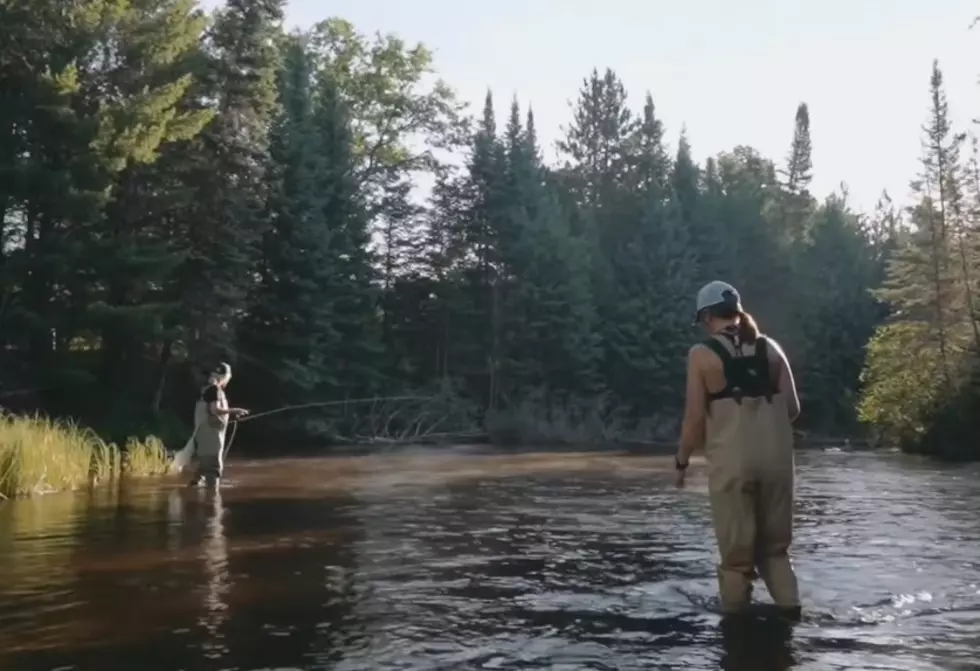
10 Ice Fishing Safety Tips You Need To Know from the Michigan DNR
The DNR has produced a list of ice safety tips including information on things to consider before you go out, what to know about ice, venturing out on the ice and what to do if you fall through.
Photo: Chung Sung-Jun, Getty Images
In advance of the Winter Free Fishing Weekend this Saturday and Sunday, the Michigan Department of Natural Resources (DNR) is urging anglers to use caution when going out onto frozen lakes and rivers.
Recent warm temperatures and snowfall have undermined ice in some areas, producing less-than-ideal conditions. Do these 10 things to stay safe.
- Tell someone where you are going and what time to expect you back. Relaying your plan can help save your life if something does happen to you on the ice.
- Ice conditions vary from lake to lake. Find a good local source — a bait shop or local fishing guide — that is knowledgeable about ice conditions on the lake you want to fish on.
- You can't always tell the strength of ice simply by its look, its thickness, the temperature or whether or not it is covered with snow.
- Clear ice that has a bluish tint is the strongest. Ice formed by melted and refrozen snow appears milky and is very porous and weak.
- Ice covered by snow always should be presumed unsafe. Snow acts like an insulating blanket and slows the freezing process. Ice under the snow will be thinner and weaker. A snowfall also can warm up and melt existing ice.
- If there is slush on the ice, stay off. Slush ice is only about half as strong as clear ice and indicates the ice is no longer freezing from the bottom.
- Be especially cautious in areas where air temperatures have fluctuated. A warm spell may take several days to weaken the ice; however, when temperatures vary widely, causing the ice to thaw during the day and refreeze at night, the result is a weak, spongy, or honeycombed ice that is unsafe.
- The DNR does not recommend the standard "inch-thickness" guide used by many anglers and snowmobilers to determine ice safety. A minimum of 4 inches of clear ice is required to support an average person's weight on the ice, but since ice seldom forms at a uniform rate it is important to check ice thickness with a spud and ruler every few steps.
- If you are walking out onto a frozen body of water with a group, avoid crossing ice in a single file. Avoid standing together in a spot. Spread out.
- Remember ice does not form with uniform thickness on any body of water. Underwater springs and currents can wear thin spots on the ice.
The National Weather Service has forecast much colder temperatures in the region for the weekend, which may help to improve ice conditions in the days ahead.
More safety tips from the DNR here.
Bonus Video: Winter Adventure Race
More From WBCKFM









